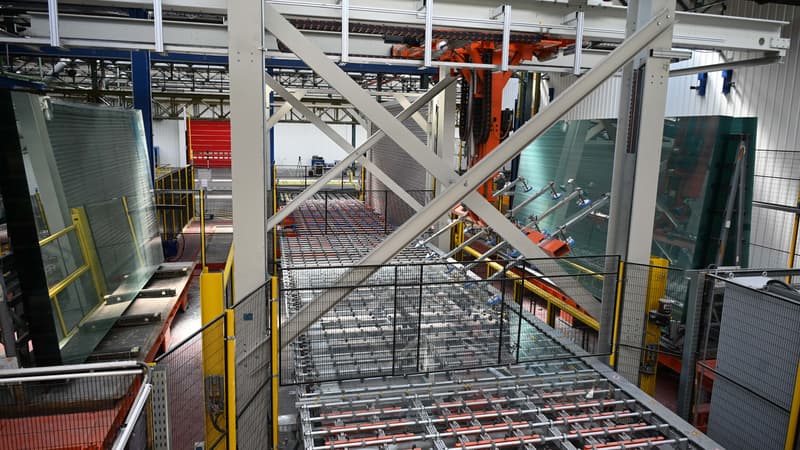Cement manufacturers will propose to the State a roadmap to “accelerate” their decarbonization and reduce their CO2 emissions by 50% in 2030, before reaching near carbon neutrality in 2050, with a global investment of around 5,000 million euros .
This response from cement manufacturers to the decarbonization pact proposed by Emmanuel Macron to the most polluting industries on November 8 is based on “two types of levers,” explained Bruno Pillon, president of the cement workers union (formerly Sfic , now France Ciment). ), in an interview with AFP: the decarbonisation of manufacturing processes and materials and carbon capture.
A “more ambitious” roadmap
The stakes are high: traditional cement, the result of burning limestone for hours at more than 1,400 degrees Celsius to obtain the basic element, clinker, emits almost a ton of CO2 per ton of cement produced.
To decarbonise production, the profession wants to reduce fossil fuel consumption in these kilns, bringing “the share of alternative fuels (non-recyclable waste from neighboring communities and industries) to 80% by 2030”, up from about 45% today. .
An approach “already under way”, according to Bruno Pillon, who indicates, for example, that the Heidelberg Materials group, of which the French subsidiary is directed, has begun to invest 600 million euros in this area.
CO2 buried underground
Another process under development, the reduction of the clinker content of the cement, replacing it with calcined clay, a component “much less emissive” in CO2, according to Bruno Pillon. Manufacturers would like to reduce clinker content from 75% today to 68% in 2030 and 62% in 2050. These processes would reduce emissions by 27%.
“There is only one solution to reach the 50% targets, which is carbon capture,” estimates Bruno Pillon, who hopes that the sector can rely on “the development of infrastructures for carbon capture, storage, and shared carbon recovery in the heart of the territorial axes”.
Asked about the busy schedule, Bruno Pillon replies that “these technologies exist”: “the group I represent will bury its first ton of CO2 next year at its Brevik plant in Norway” with a long-term goal of 400,000 tons per year , before a similar operation in 2025, at the Swedish Slite factory.
Given the heavy investments, “all this must be supported by the government”, however, maintains Bruno Pillon.
“Multiply by 5 MaPrimeRenov”
Emmanuel Macron had proposed on November 8, 2022 a decarbonization pact for the industrialists that emit the most CO2 in France with a doubling of public aid to 10,000 million euros in exchange for doubling their efforts in this area.
He then received the leaders of the 50 French industrial sites that emit the most CO2, which represent half of the industry’s emissions, or 10% of the country’s emissions. Of those 50 sites, there were 22 cement factories, according to Bruno Pillon.
For Benoît Bazin, general director of the giant Saint-Gobain, the reduction of emissions will also have to go through construction.
“The building has already reduced its CO2 emissions by a third since the 1990s, it must reduce them by half in the next eight years,” he recalled this Wednesday at BFM Business. Today in France, 44% of energy is spent in buildings, MaPrimeRenov requires orders of magnitude 4 to 5 times greater than what we have done in recent years.”
Source: BFM TV


